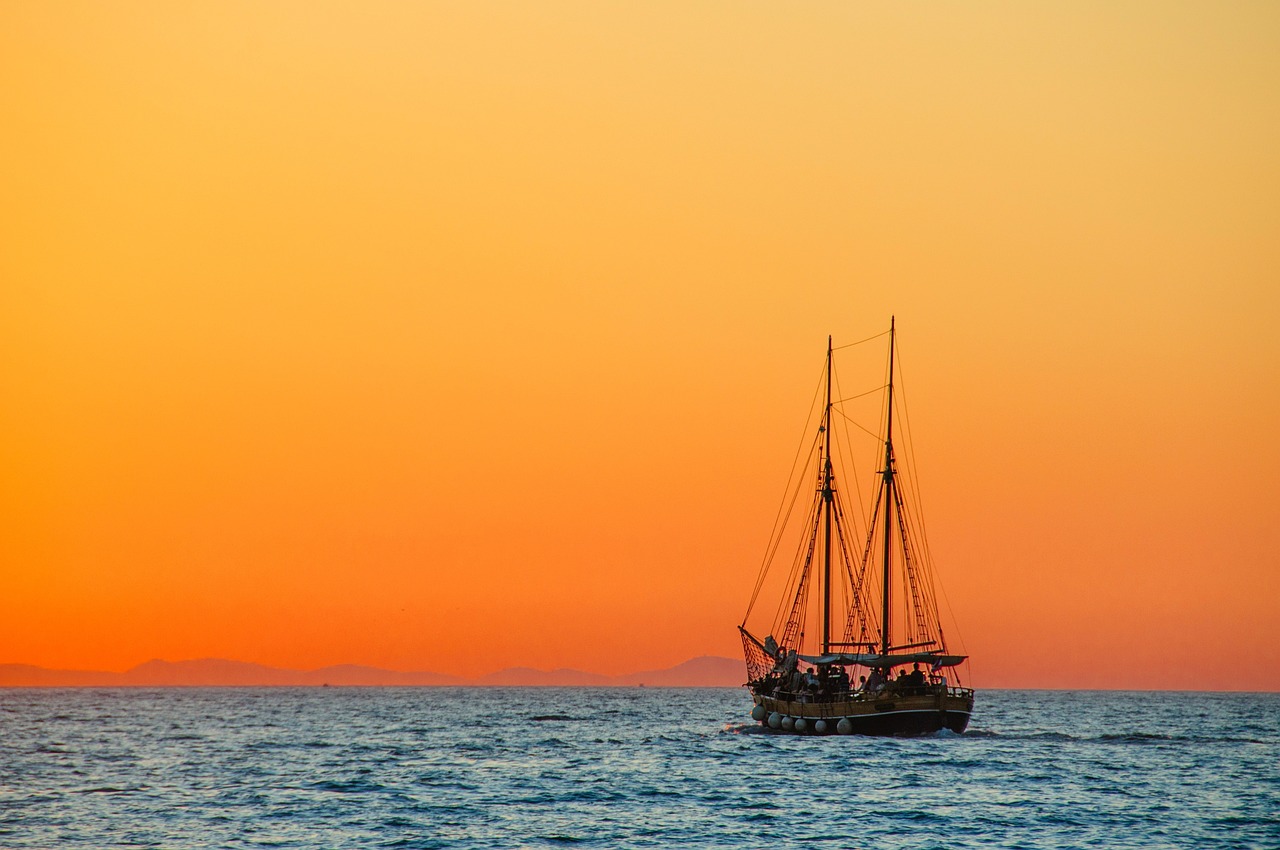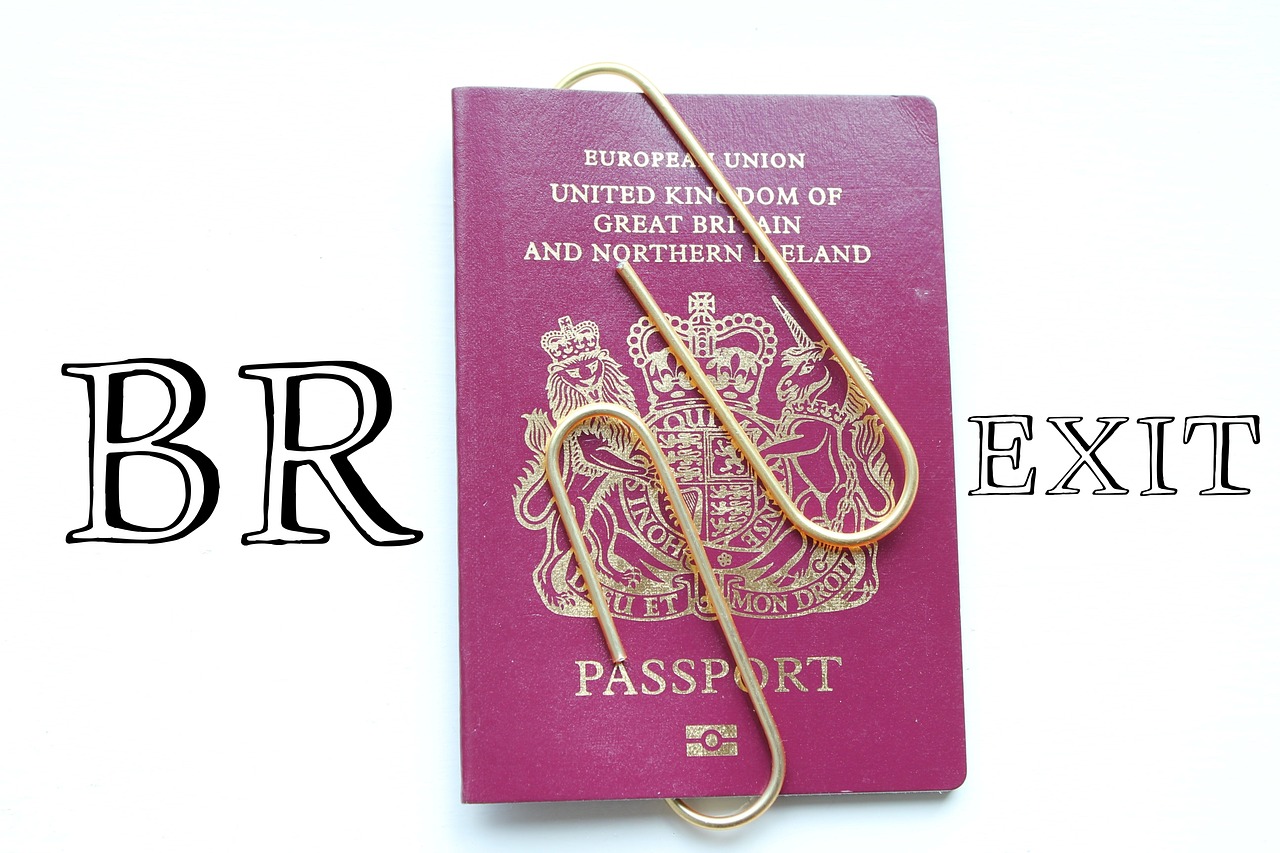The beautiful countries at the middle of Mediterranean sea.
Introduction
The Mediterranean Sea is one of the world’s most enchanting regions, a place where cultures, history, and natural beauty come together in harmony. At the center of this vast sea, countries like Malta, Cyprus, Italy (with its islands Sicily and Sardinia), Greece (with islands like Crete and Rhodes), and Tunisia offer a blend of stunning landscapes, historic sites, and vibrant cultures.
Whether you’re looking to relax on sun-kissed beaches, explore ancient ruins, or taste delicious Mediterranean cuisine, these countries provide endless possibilities. Let’s dive into what makes each of these middle Mediterranean countries special.
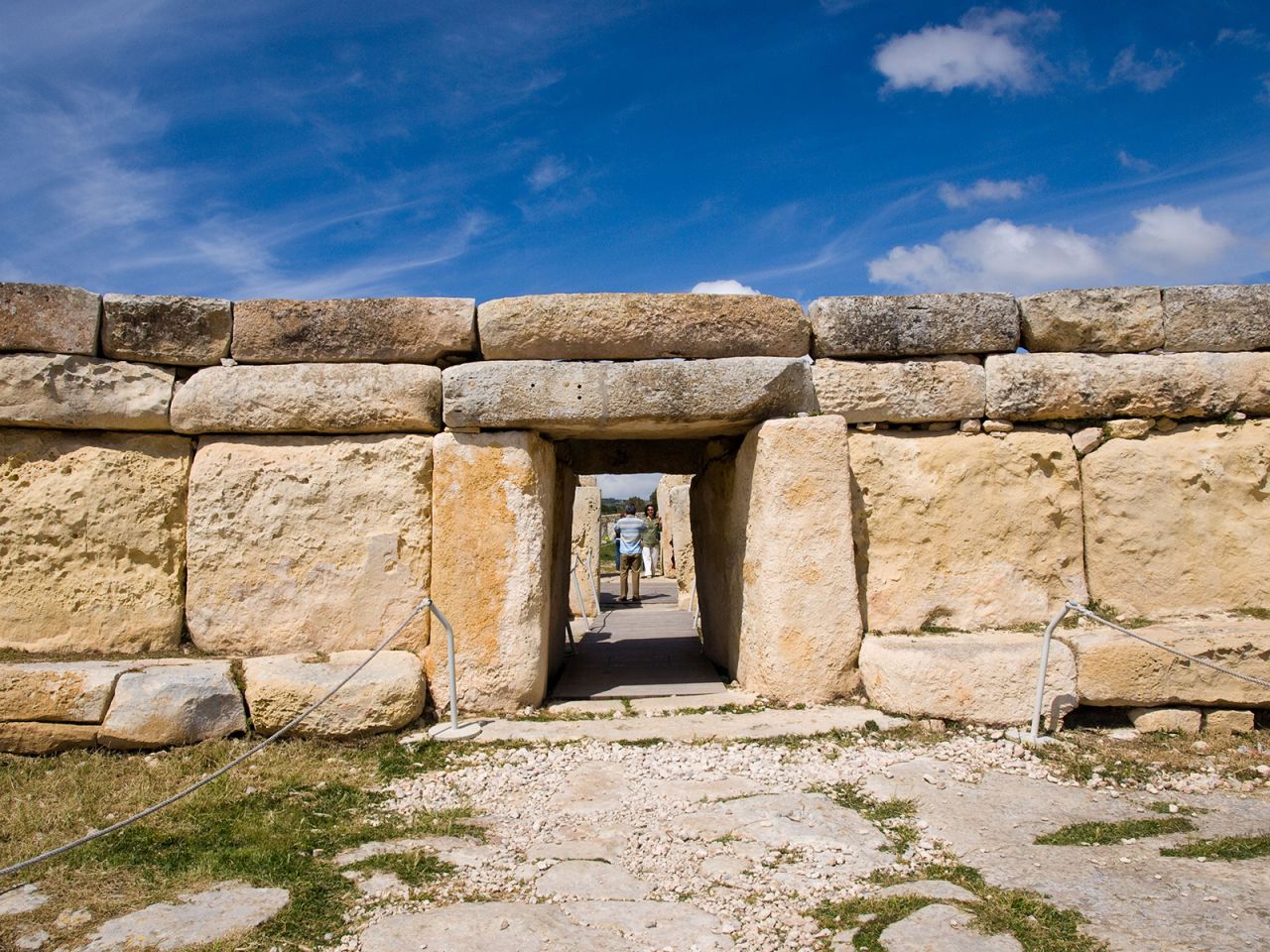
Malta: A Jewel in the Heart of the Mediterranean
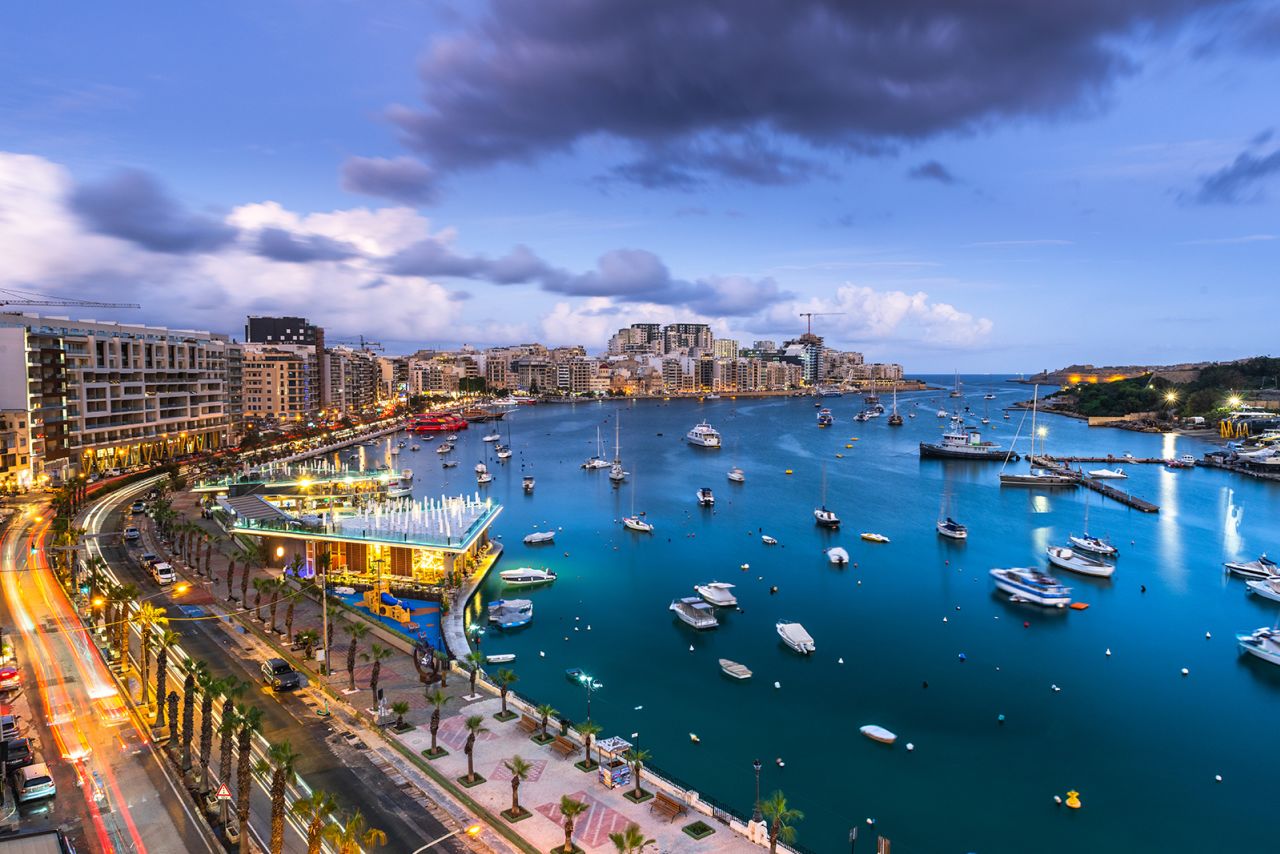
Malta is a small but incredibly charming island nation in the Mediterranean. Known for its stunning architecture and historical sites, Malta’s capital, Valletta, is a UNESCO World Heritage site and a must-see. Valletta’s beautiful Baroque buildings, narrow streets, and colorful balconies make it a photographer’s dream.
If you’re looking for some adventure, the Blue Lagoon on the nearby island of Comino offers crystal-clear waters, perfect for snorkeling and swimming. Malta’s beaches are pristine, and the surrounding sea is known for its brilliant shades of blue and turquoise.
Malta also has a rich cultural scene, with festivals happening throughout the year, from music festivals to traditional religious celebrations. Food lovers will enjoy Maltese cuisine, which combines Mediterranean flavors with Italian and Arabic influences. Traditional dishes like rabbit stew and pastizzi (flaky pastries) are a must-try!
Cyprus: A Mix of Cultures and Coastal Beauty
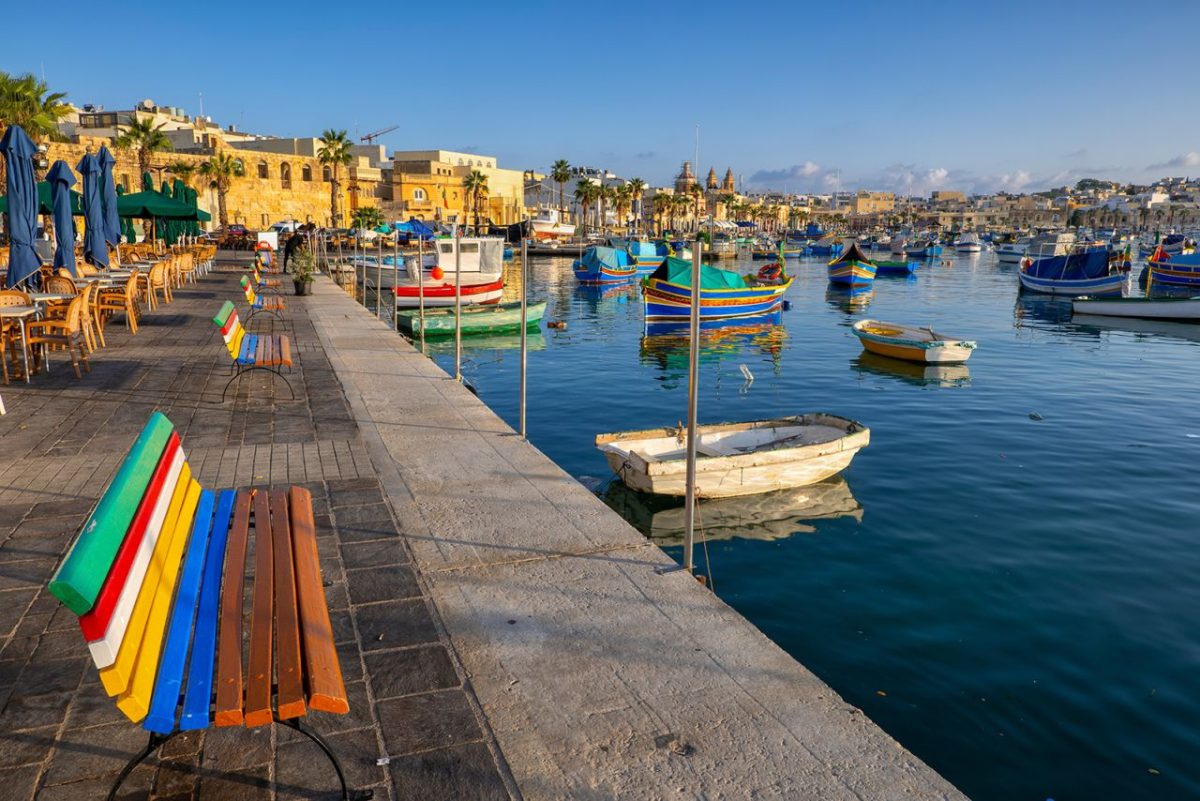
Cyprus is a fascinating blend of Greek and Turkish influences, which is reflected in its culture, architecture, and cuisine. The capital, Nicosia, is the world’s last divided capital, with the northern part controlled by Turkish Cypriots and the southern part by Greek Cypriots. This unique mix of cultures makes Cyprus an exciting place to explore.
One of Cyprus’s top attractions is the ancient city of Paphos, filled with archaeological sites, including tombs, villas, and mosaics. The island is also known for its beautiful beaches, especially along the Ayia Napa coast, where the sand is white, and the water is a clear turquoise.
The mountainous Troodos region offers cooler temperatures and scenic hiking trails, along with quaint villages where you can sample Cypriot cuisine. Halloumi cheese, souvlaki, and mezze (a selection of small dishes) are some of the local favorites you’ll find here.
Italy’s Islands: Sicily and Sardinia
Italy’s two largest islands, Sicily and Sardinia, each have a unique identity and offer plenty of attractions for visitors. Sicily, the largest Mediterranean island, is home to the towering Mount Etna, one of Europe’s highest and most active volcanoes. The island’s capital, Palermo, is a cultural hub filled with beautiful churches, palaces, and bustling markets.
Sardinia, on the other hand, is known for its pristine beaches, particularly in Costa Smeralda, where the sand is soft, and the waters are a vibrant emerald green. Sardinia’s landscape is rugged and mountainous, making it a favorite destination for hiking and outdoor adventures.
Food is an essential part of Italian culture, and Sicily and Sardinia each have their own specialties. Sicilian cuisine includes dishes like arancini (fried rice balls) and cannoli (pastry with sweet ricotta filling). Sardinia is famous for its seafood, cheeses, and pane carasau (a thin, crispy bread).
Greece’s Islands: Crete and Rhodes
Greece is known for its thousands of islands, but Crete and Rhodes stand out for their historical importance and natural beauty. Crete, the largest Greek island, is home to the ancient Minoan civilization and the famous Knossos Palace, believed to be the labyrinth of the legendary Minotaur.
Rhodes, on the other hand, is known for its medieval Old Town, which is one of the best-preserved medieval towns in Europe. Strolling through the cobblestone streets feels like stepping back in time, with ancient walls, arches, and the famous Street of the Knights.
Both islands are blessed with beautiful beaches, charming villages, and delicious Greek food. In Crete, you can try traditional dishes like dakos (a barley rusk topped with tomatoes, cheese, and olive oil) and Cretan cheese. Rhodes offers dishes like moussaka and seafood platters, enjoyed best with a view of the Aegean Sea.
Tunisia: Where Mediterranean Meets North Africa
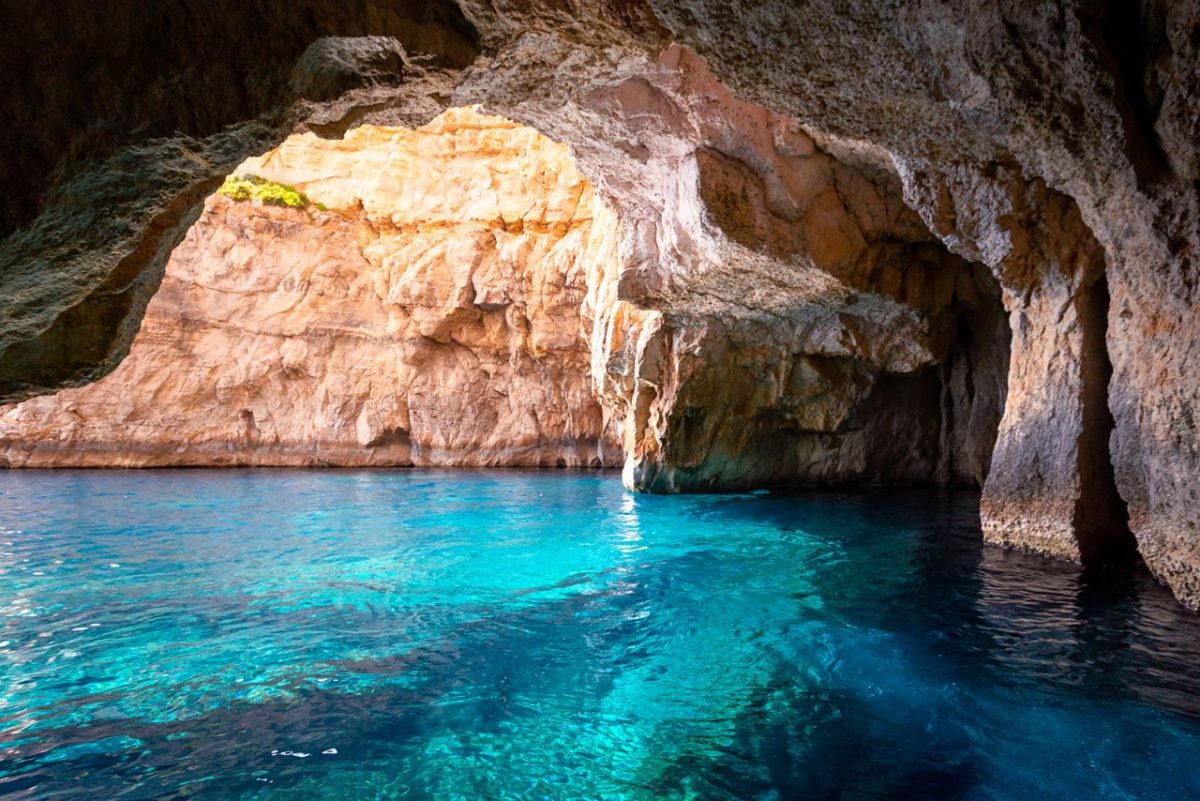
Tunisia offers a unique blend of Mediterranean and North African culture. The ancient city of Carthage, located near the capital, Tunis, is a must-visit for history enthusiasts. Carthage was once a powerful city in the ancient world and is now a UNESCO World Heritage site filled with fascinating ruins.
Tunis, with its bustling markets and mix of old and new architecture, offers a glimpse into Tunisian life. The medina (old city) of Tunis is full of narrow streets, traditional shops, and beautiful mosques. For a more relaxed atmosphere, the coastal town of Sidi Bou Said is famous for its white-and-blue buildings and breathtaking sea views.
Tunisia’s cuisine combines Mediterranean flavors with North African spices. Couscous is the national dish, often served with lamb, fish, or vegetables. The country’s markets are full of colorful spices, olives, and dates, making it a paradise for food lovers.
Conclusion
The countries in the middle of the Mediterranean Sea are rich in history, culture, and natural beauty. From the ancient ruins of Malta and Cyprus to the pristine beaches of Sardinia and the vibrant markets of Tunisia, there is something for every traveler to enjoy. Each of these destinations offers a unique experience, with its own charm and traditions, making the Mediterranean a truly magical place to explore.
Whether you’re planning a trip or just dreaming of Mediterranean shores, these countries invite you to experience the best of the past and the present. So pack your bags, grab your camera, and prepare to discover the beauty of the Mediterranean’s heart!
External Sources:
- National Geographic’s Travel Guide on the Mediterranean: www.nationalgeographic.com
- UNESCO World Heritage Sites in the Mediterranean: whc.unesco.org
- Mediterranean Food and Travel Blog: mediterraneanliving.com


